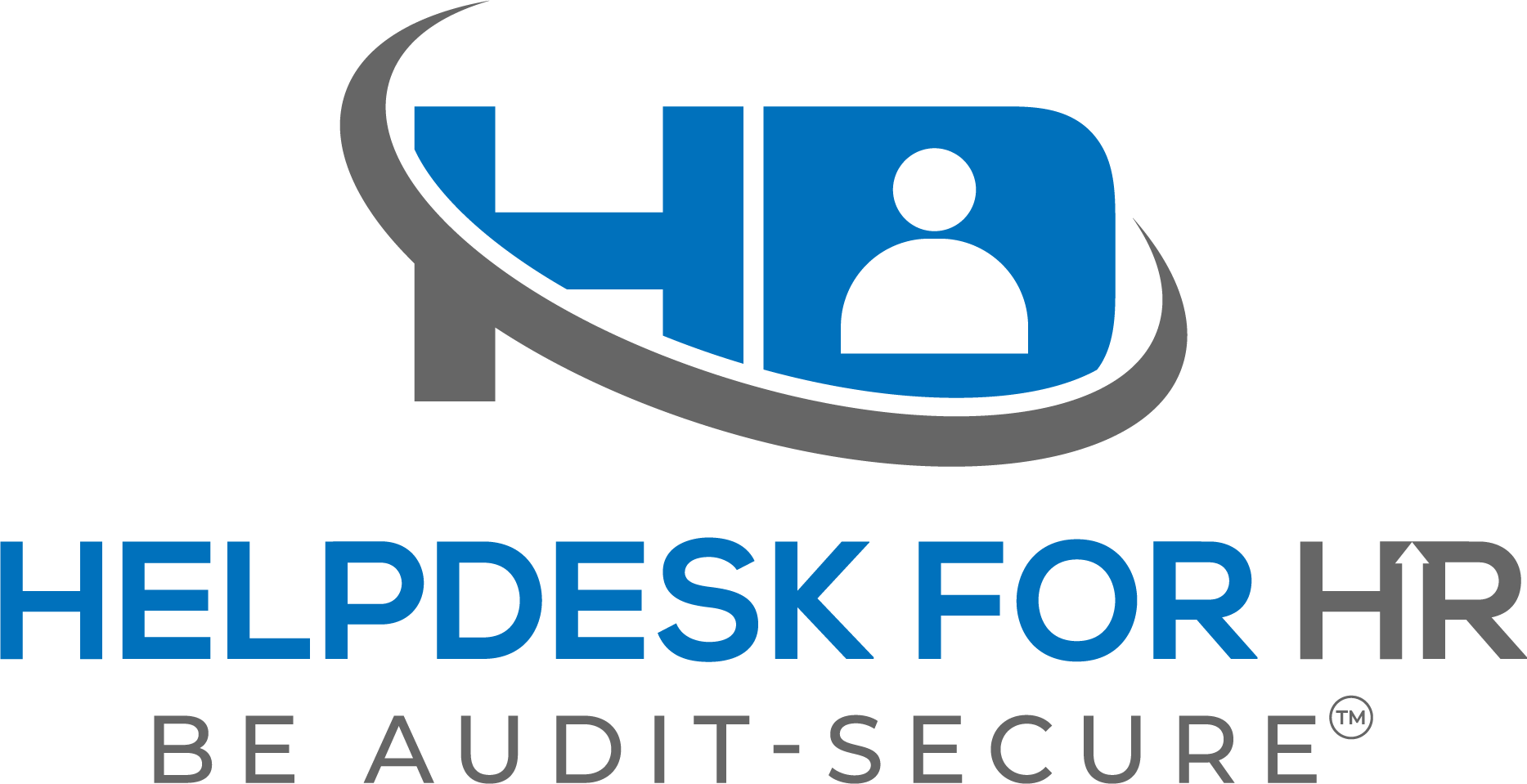Hey Compliance Warriors,
In a significant legislative move, the Connecticut legislature passed a bill (HB No. 5005) on May 6, 2024, bringing sweeping changes to the state’s Paid Sick Leave Law. Governor Ned Lamont signed the bill into law on May 21, 2024, marking a new era for employee benefits in Connecticut.
Key Changes to the Paid Sick Leave Law
Effective January 1, 2025, with phased changes to employer coverage extending to January 1, 2027, the amendments introduce several notable updates:
- Employer Coverage Expansion:
- Current Law: Applies to employers with 50 or more employees.
- New Phased Approach:
- From January 1, 2025: Applies to employers with 25 or more employees.
- From January 1, 2026: Applies to employers with 11 or more employees.
- From January 1, 2027: Applies to all employers with at least one employee.
- Broader Employee Eligibility:
- Current Law: Benefits limited to “service workers” paid hourly or non-exempt under the FLSA.
- New Law: Expanded to all employees, excluding certain construction trade members and seasonal employees (working 120 days or less annually).
- Expanded Reasons for Leave:
- Current Law: Covers personal or family illness, preventative care, mental health days, and issues related to family violence.
- New Law: Adds leave for closures due to public health emergencies and health authority determinations regarding communicable illness risks.
- Inclusive Definition of Family Members:
- Current Law: Limited to children and spouses.
- New Law: Includes siblings, grandparents, grandchildren, parents, domestic partners, and individuals with close association equivalent to family.
- Removal of Documentation and Notice Requirements:
- Current Law: Employers could require up to 7 days’ notice for foreseeable absences and documentation for absences of three or more consecutive days.
- New Law: Eliminates these requirements, simplifying the process for employees to take leave.
- New Hire Usage Waiting Period:
- Current Law: 680 hours of employment and an average of 10 hours per week.
- New Law: Paid sick leave usable after 120 calendar days of employment.
- Increased Accrual Rate:
- Current Law: One hour of leave per 40 hours worked.
- New Law: One hour of leave per 30 hours worked.
- Provisions for Frontloading Paid Sick Leave:
- Current Law: Silent on frontloading.
- New Law: Allows employers to frontload leave at the beginning of the year, bypassing carryover requirements.
- Use of Other Paid Time Off:
- Current Law: Employers could use other PTO policies if they met certain conditions.
- New Law: Maintains this but requires PTO to be usable under the same conditions as paid sick leave.
- Notice and Posting Changes:
- Current Law: Requires a poster in the workplace.
- New Law: Adds a requirement for written notice to employees, which can be sent electronically for those without a physical workspace.
- Recordkeeping and Balance Notification:
- Employers must provide details on paid sick leave accrual and usage on paystubs and retain these records for three years.
- Employee Transfers & Successor Employers:
- Employees retain earned leave when transferred within the same company or when a new employer takes over.
Preparing for the Changes
With the law taking effect in just a few months, Connecticut employers should take proactive steps to ensure compliance:
- Policy Review and Updates: Examine current sick leave and PTO policies, making necessary adjustments.
- Training: Educate managerial and HR staff on the new requirements.
- Stay Informed: Keep an eye on updates from the Connecticut Department of Labor for further guidance.
These amendments represent a significant step forward in employee rights and benefits, aligning Connecticut with other states that have robust paid sick leave laws. Employers must act now to align their policies with the new requirements and ensure a smooth transition.
Be Audit-Secure!
Lisa Smith, SPHR, SCP
Log in or Register to save this content for later.
